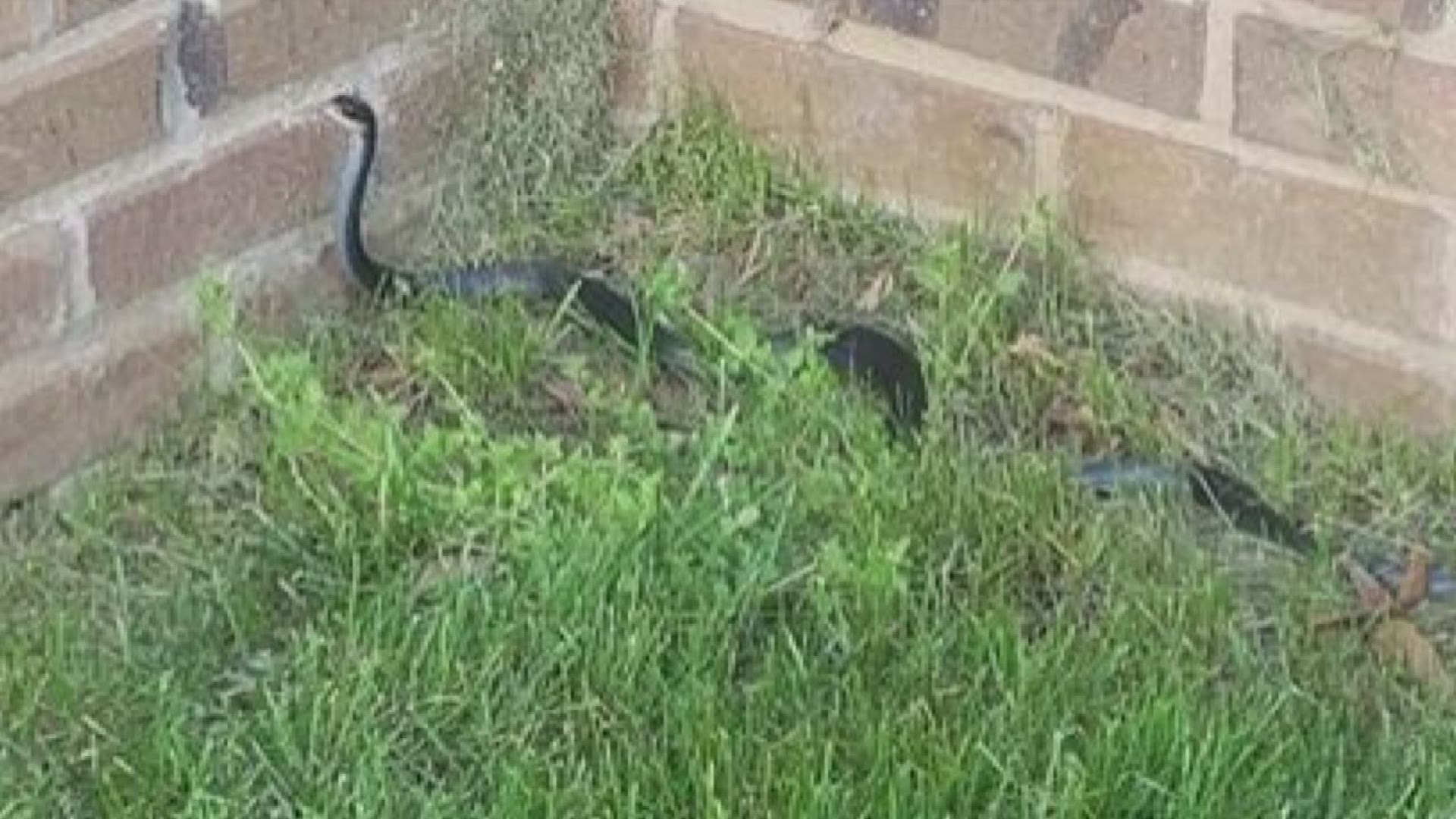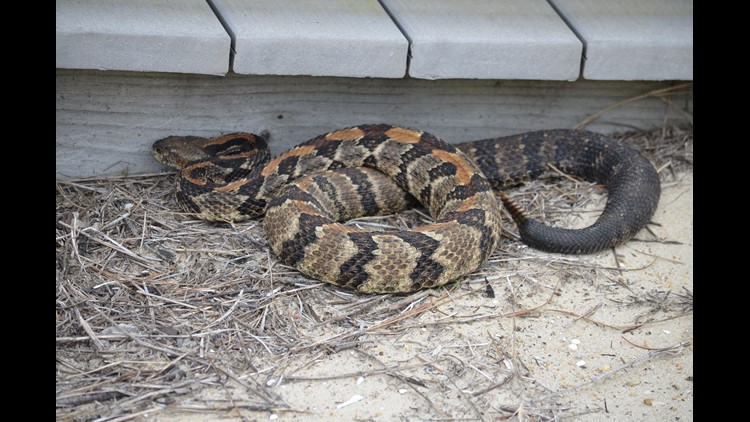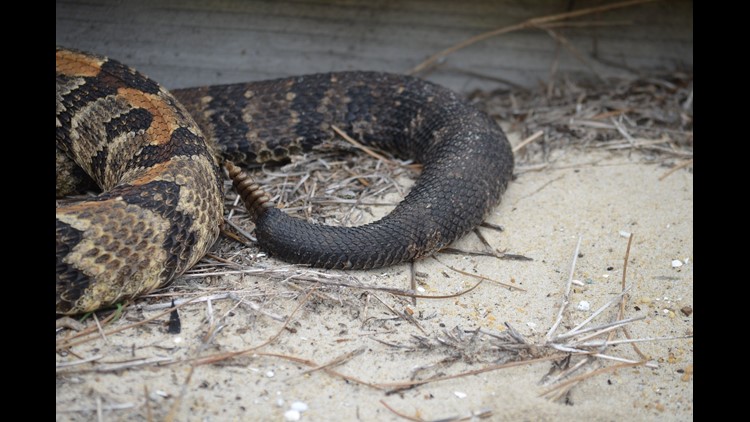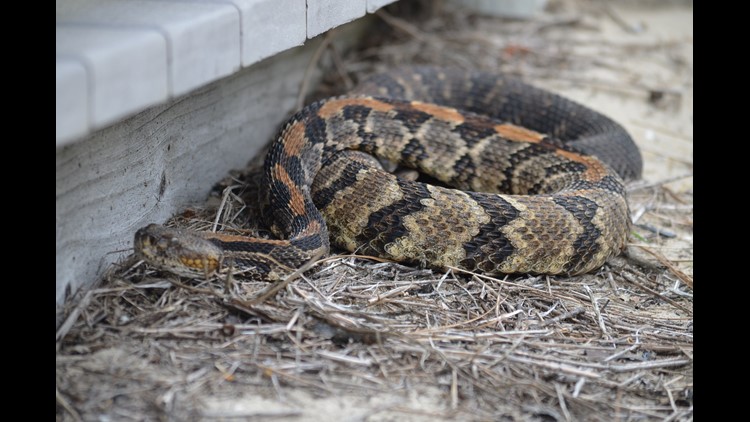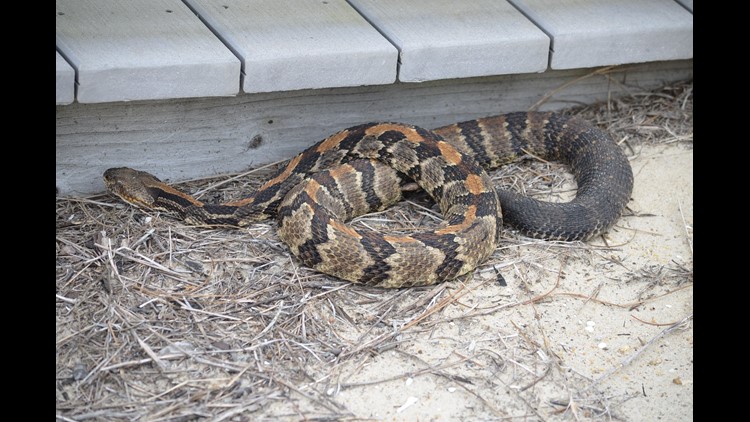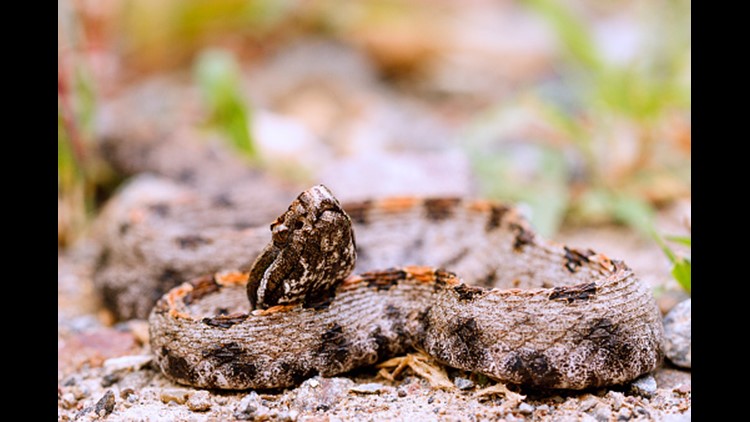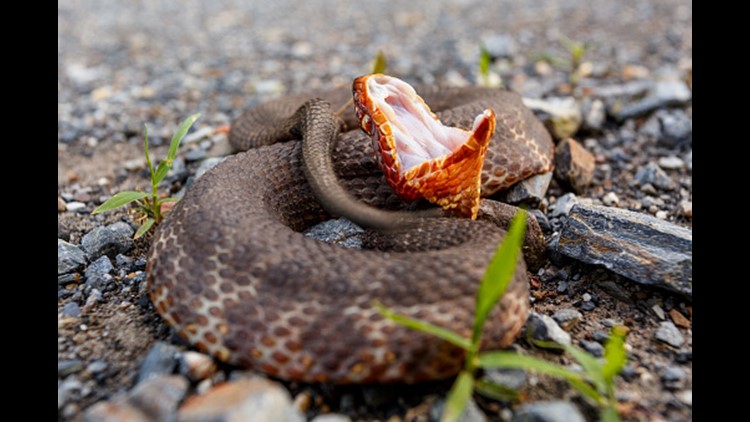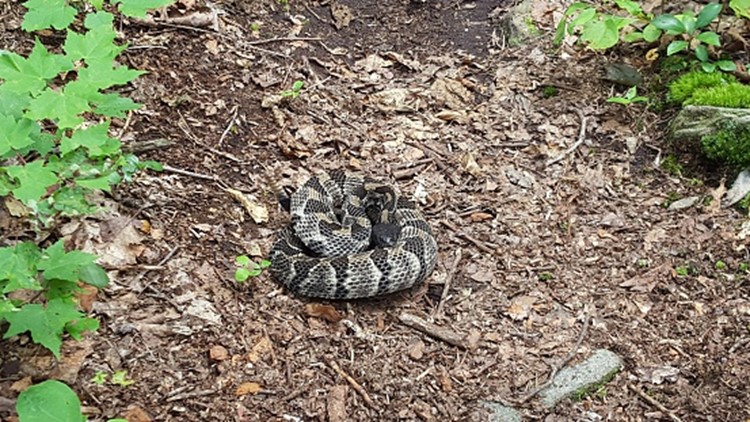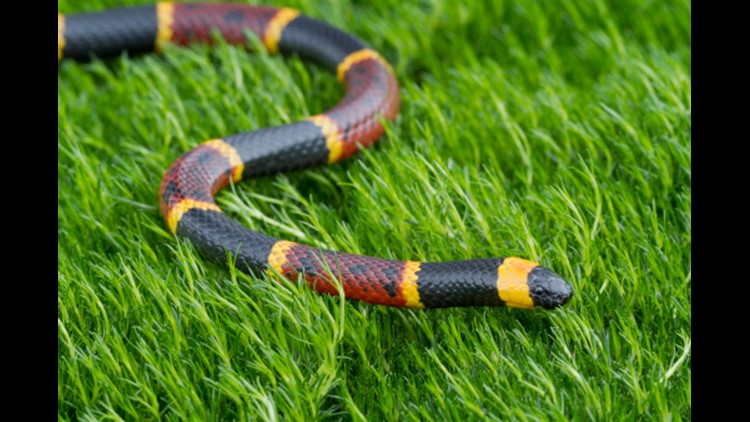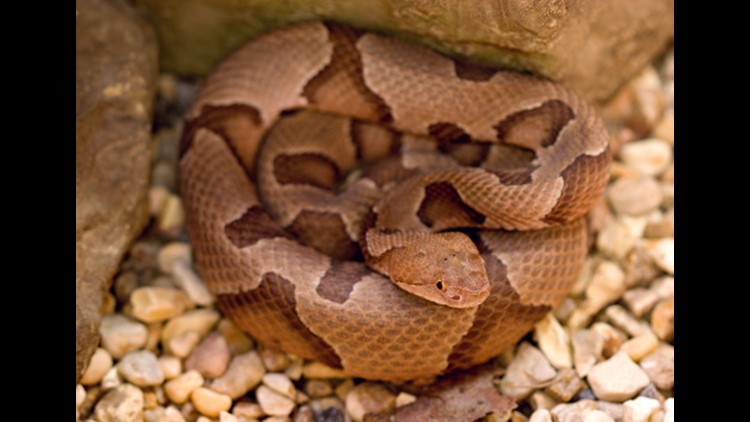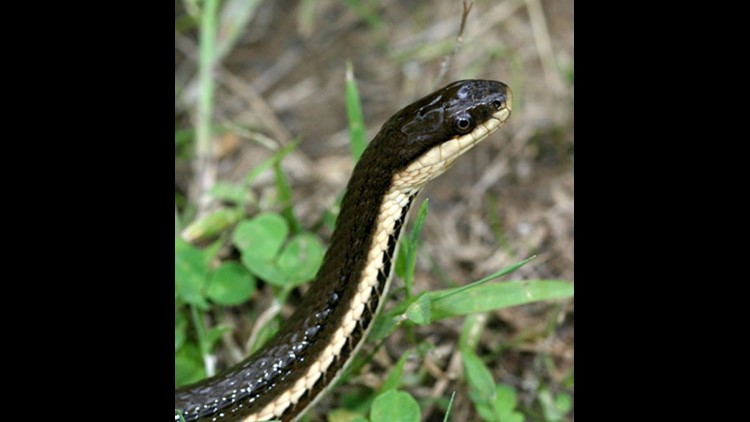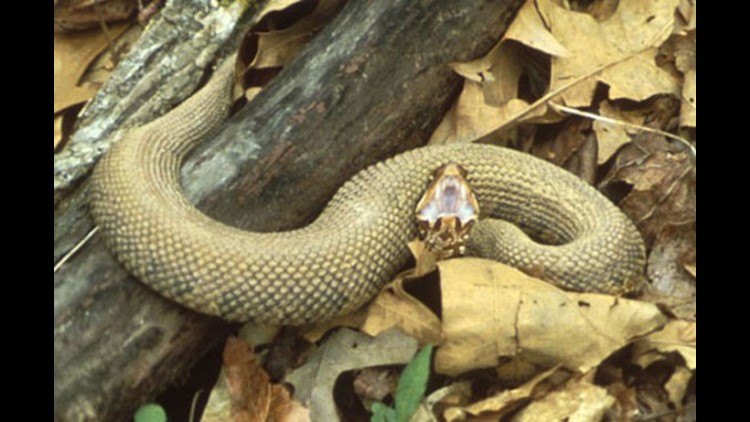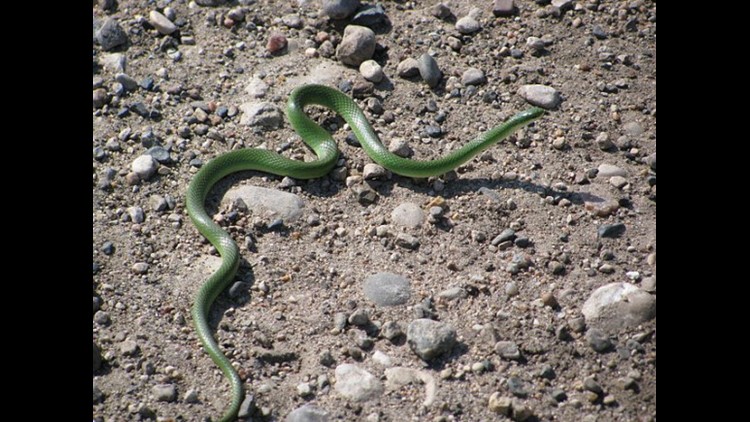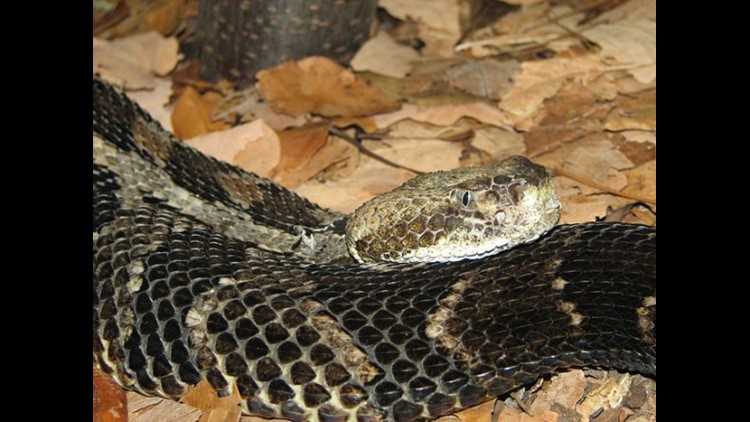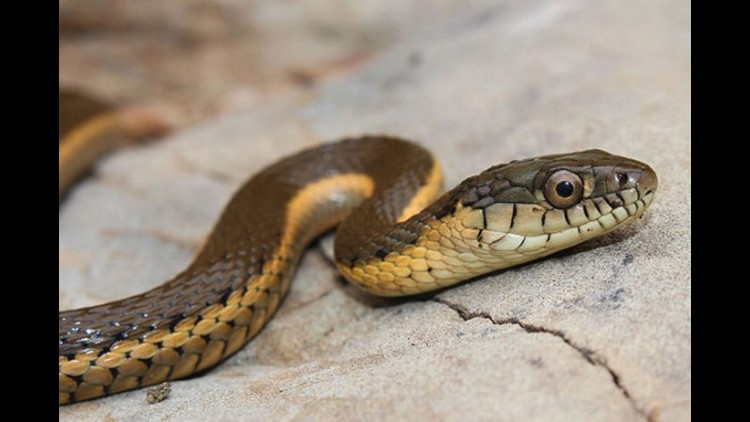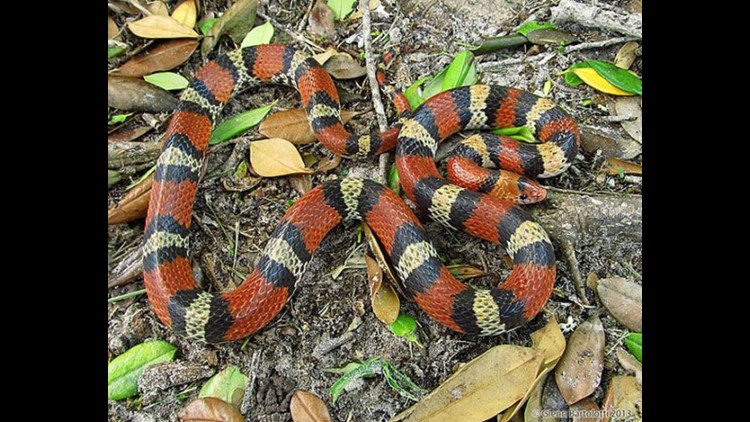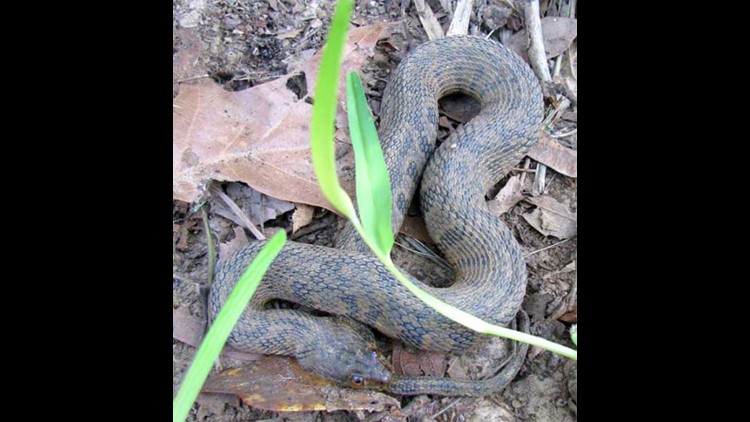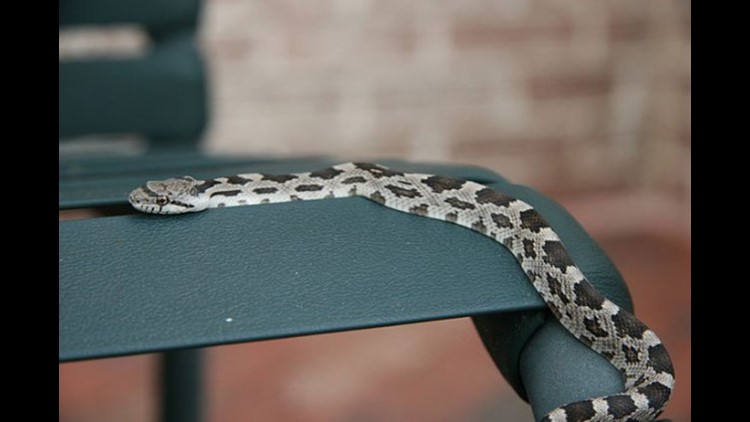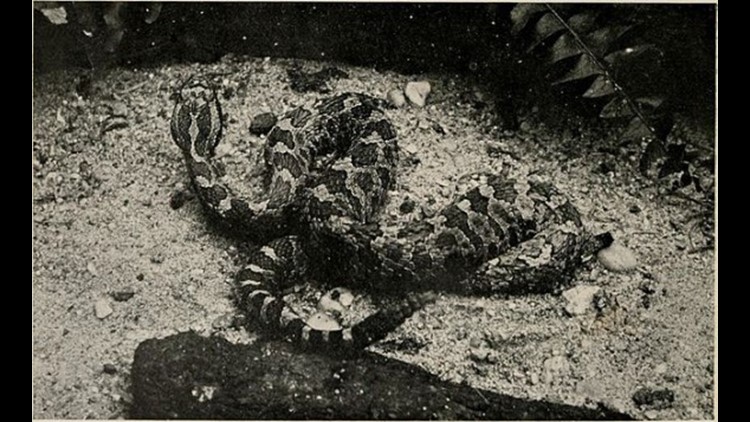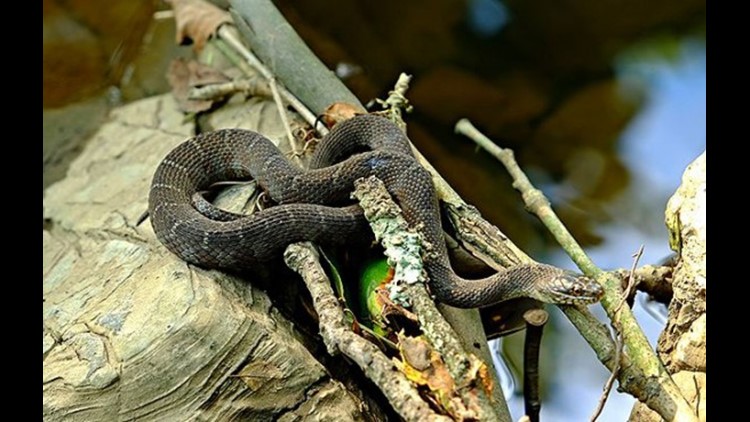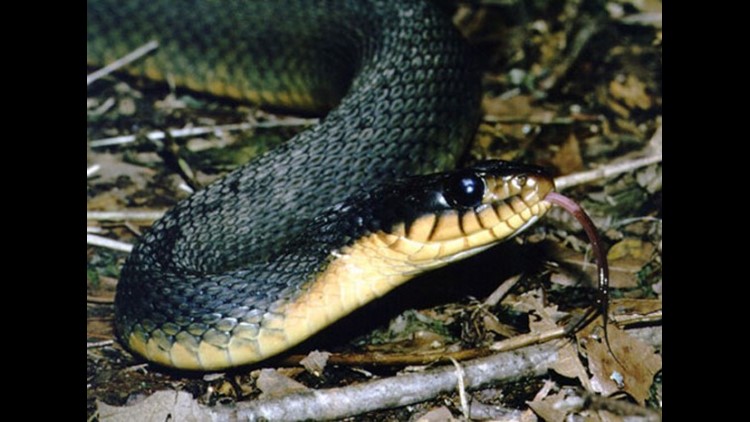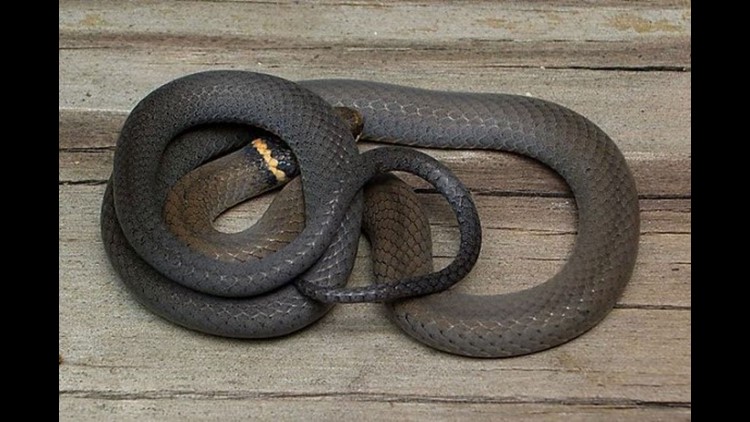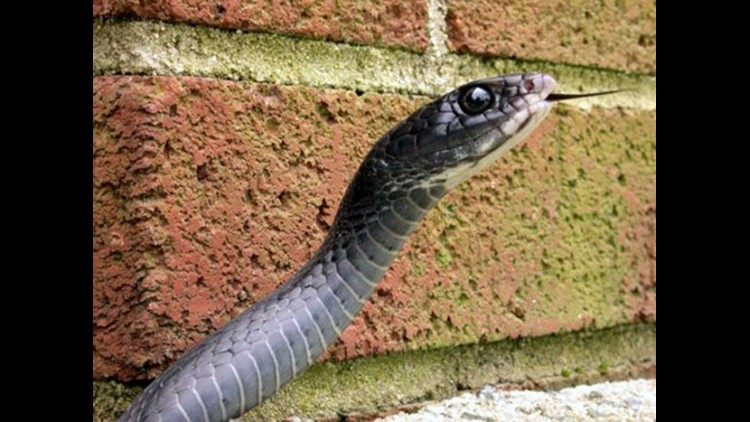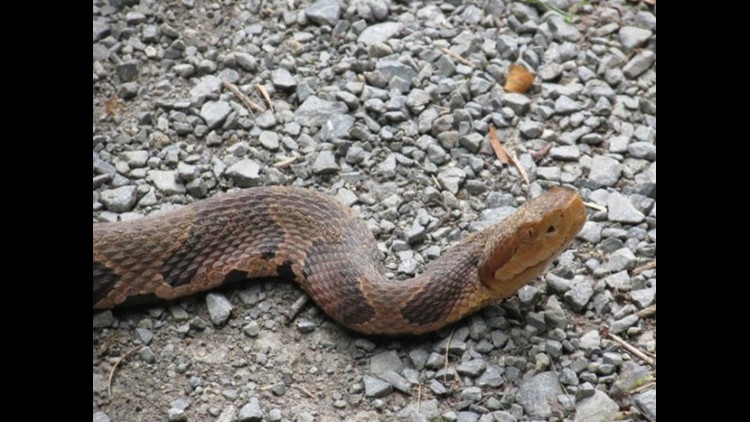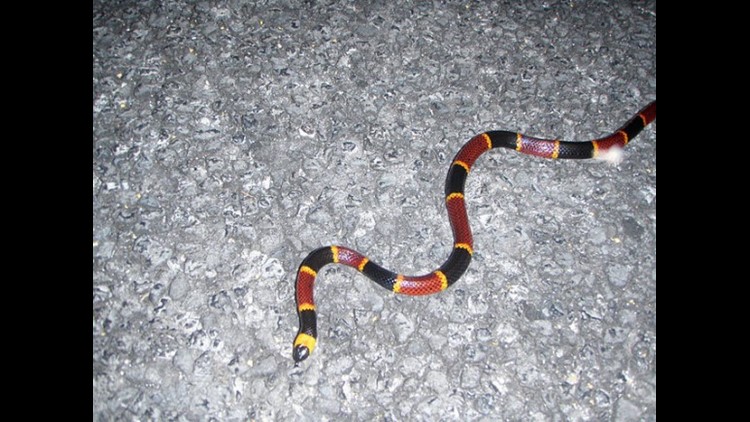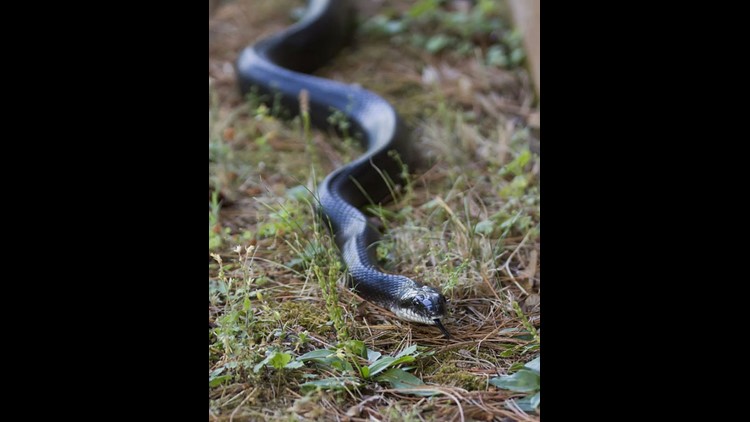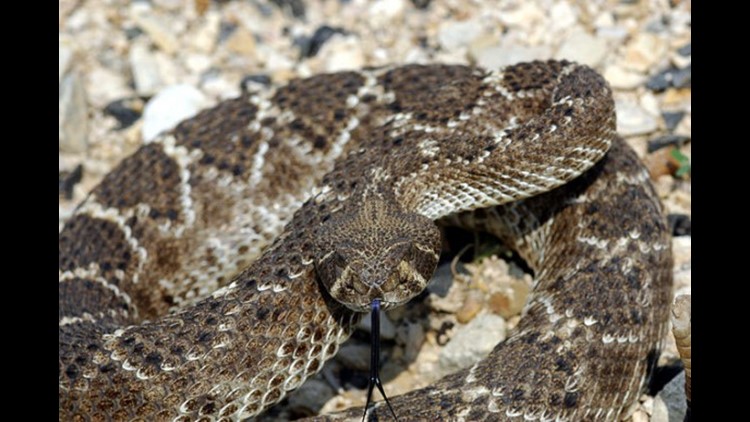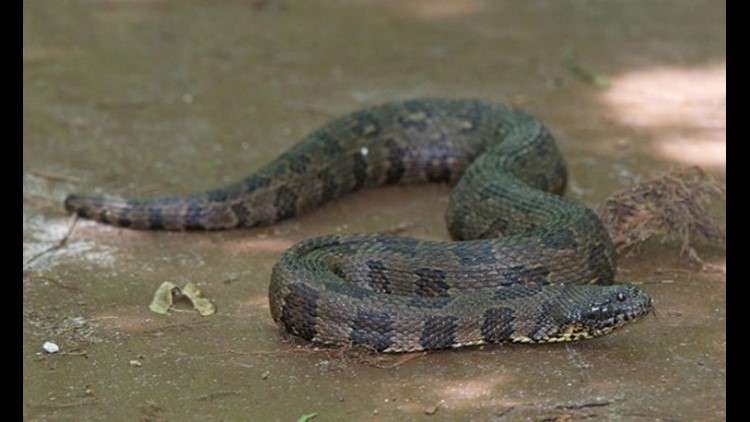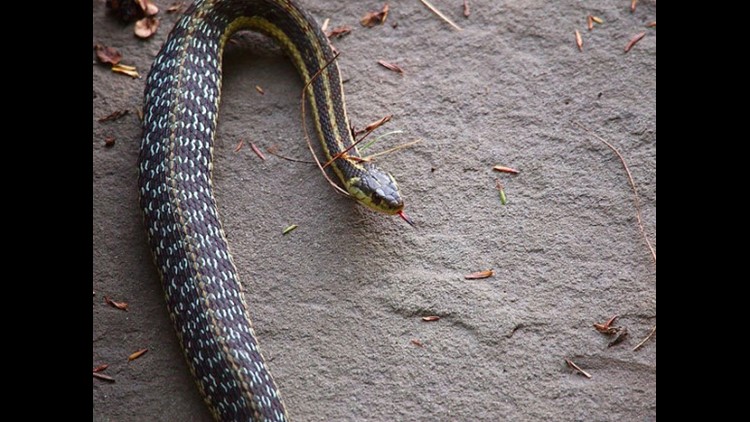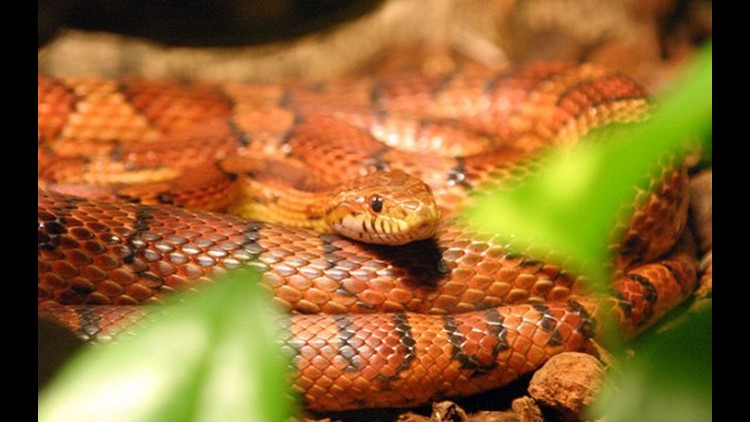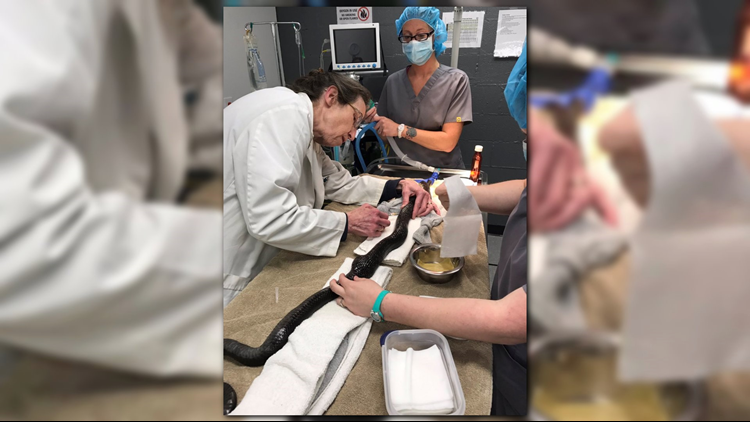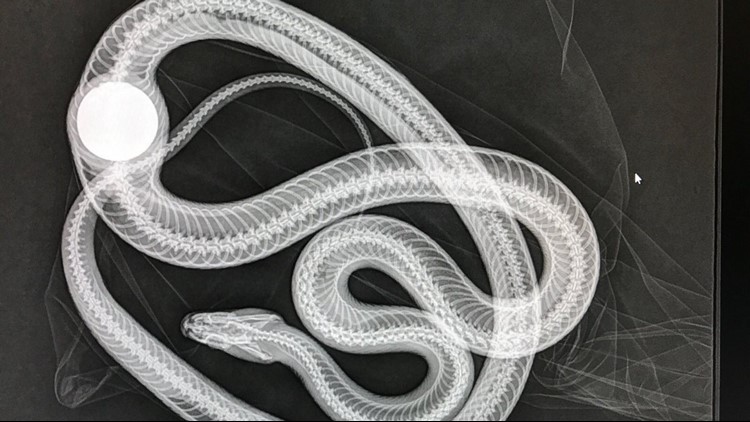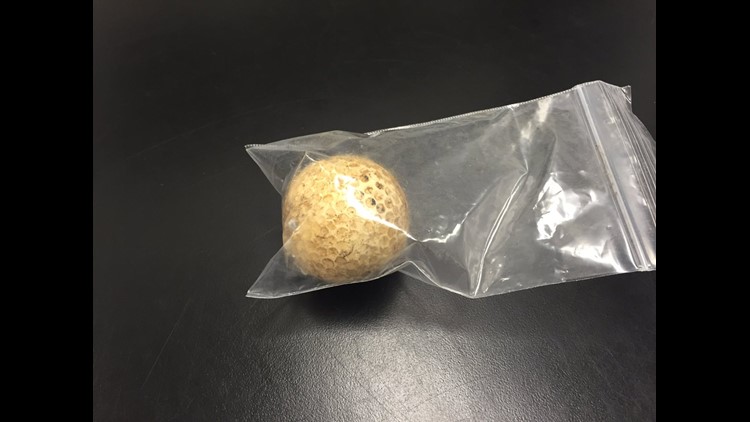Spring has sprung with summer on the way. This also means wildlife is alive and thriving and that includes our slithering friends...snakes!
The North Carolina Wildlife Commission (NCWC) issued its annual warning and ways to stay safe around snakes. First advice they offer, seeing a snake in the wild is no cause for alarm. If you see one, don’t panic. Leave it alone and walk away.
That’s the advice NCWC biologists say they give to the hundreds of people who call the Wildlife Helpline each year, typically in the spring, wanting to know what to do about the snake slithering in their yard.
“First and most important, do not kill a snake if you see one,” said Jeff Hall, a wildlife diversity biologist with the Commission. “Most people get bitten when they try to kill one, or try to pick one up so I always tell folks to leave snakes alone. If you leave them alone, they will leave you alone.
“Most snakes are reluctant to bite because they use their energy or their venom to acquire food, and they don’t see humans as a food source.”
Cape Hatteras has even issued a warning on its Facebook to lookout for rattlesnakes.
The vast majority of snakes in North Carolina are non-venomous and harmless to humans.
According to NC Wildlife, of the 38 snake species native to North Carolina, only six are venomous and of those six, only one-the copperhead which is found statewide.
PHOTOS | Warnings Issued About Snakes As Weather Gets Warmer
In many areas, including most of the larger urban regions, it is the only venomous snake. Because of their ability to live in a wide variety of habitats: from wooded areas to mountain ridges to suburban backyards--copperheads generate the most phone calls from people who think, often mistakenly, that they have one in their yard.
“While it’s not uncommon for people to have a copperhead in their yard, usually what they have is a non-venomous and harmless species, such as a rat snake or a garter snake, both of which are commonly found in backyard habitats,” Hall said. “Unfortunately, many nonvenomous snakes, like corn snakes, are mistaken for copperheads and killed.
Venomous Snakes of North Carolina
“Copperheads are relatively easy to identify though. Just look for the distinctive hourglass-shaped or Hershey-kiss-shaped crossbands on a light brown or gray body.”
Killing a snake is not only unnecessary but also could be illegal.
Four of the six venomous snakes found in North Carolina are protected:
- The pigmy
- Timber rattlesnakes are listed as species of special concern
- Eastern diamondback rattlesnake
- Eastern coral snake are listed as endangered
Note: None of these four species of snakes should be handled or disturbed without a permit issued by the Commission.
Regardless if a snake is venomous or non-venomous, snakes pose little threat to pets and children — if left alone. When confronted or harassed, snakes are more likely to flee than they are to bite. However, if given no escape route or restrained, they will bite or lunge toward their perceived aggressor to defend themselves.
Some easy to follow tips to make you backyard less hospitable to snakes:
- Clean up the clutter by removing piles of rocks, wood and other debris that attract rodents and snakes.
- Mow the lawn to keep the grass cut short. Snakes prefer tall grasses to seek out their prey. They’re also easier to spot in shorter grass.
Discourage snakes from entering your home by:
- Closing gaps and holes
- Repairing damage to siding and foundation
- Sealing openings under doors, windows and around water pipes.
When it comes to snakes, Hall says the most important thing people can do is to educate themselves and others about these cold-blooded reptiles and learn to appreciate them as an important part of the ecosystem.
PHOTOS: Snakes Of North Carolina
“Snakes are strictly carnivorous, preying on smaller animals, such as rodents, slugs and insects,” Hall said. “Snakes also serve as an important food source for other animals, like foxes, raccoons, eagles, hawks, owls. Instead of being widely feared and unjustly persecuted, snakes should be appreciated for the awesome creatures they are and treated with respect.”
Safety Guide for hikers, those enjoying the great outdoors
Most snake encounters occur between the months of April and October when snakes and humans are most active outdoors.
To help avoid interactions with snakes, remember the following tips:
- When hiking, stick to well used trails
- Avoid tall grass, weeds, and heavy underbrush where snakes may hide during the day
- Look at your feet to watch where you step and do not put your foot in or near a crevice where you cannot see
- Do not step or put your hands where you cannot see, and avoid wandering around in the dark
- If a fallen tree or large rock is in your path, step up to it instead of over it, as there might be a snake on the other side
- Avoid approaching any snake you cannot positively identify as a safe species
- If you hear a warning rattle, move away from the area and do not make any sudden or threatening movements in the direction of the snake
First Aid: What to do if bitten by a snake or if you're helping someone bitten by a snake
IF BITTEN BY A SNAKE:
- Do not make incisions over the bite wound.
- Do not restrict blood flow by applying a tourniquet.
- Do not ice the wound.
- Do not suck the poison out with your mouth.
YOU SHOULD:
- Stay calm
- Call Dispatch via radio or 911
- Wash the bite area gently with soap and water if available
- Remove watches, rings, etc., which may constrict swelling
- Immobilize the affected area
- Keep the bite below the heart if possible
- Transport safely to the nearest medical facility immediately.
For more information call the NC Wildlife Helpline: 866-318-2401. The center is open Monday through Friday from 8:00 a.m. – 5:00 p.m.
PHOTOS: Snake swallows golf ball
Snakes can lurk anywhere, literally anywhere. Watch this video:

